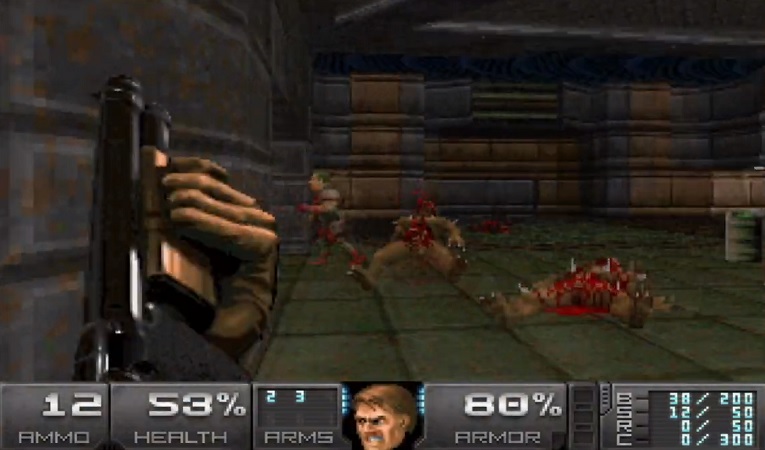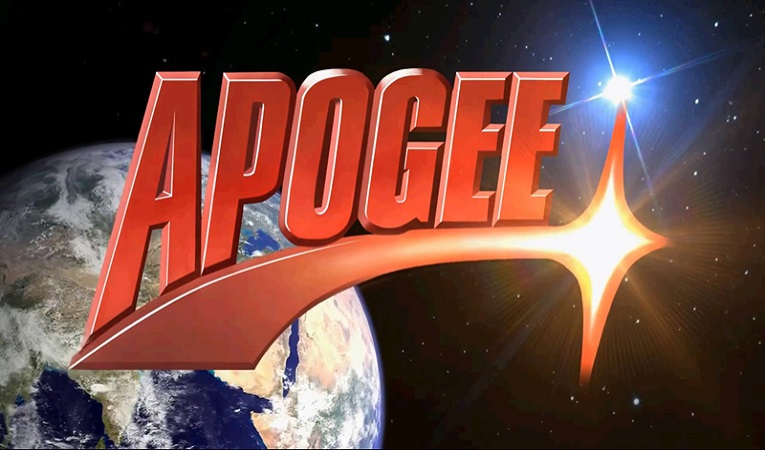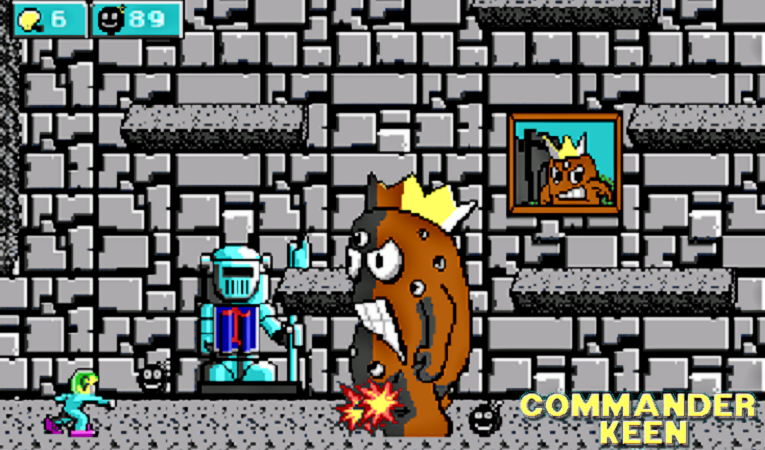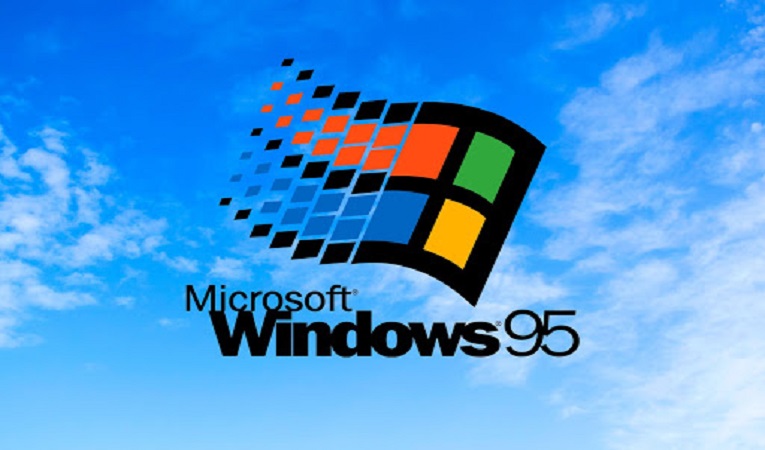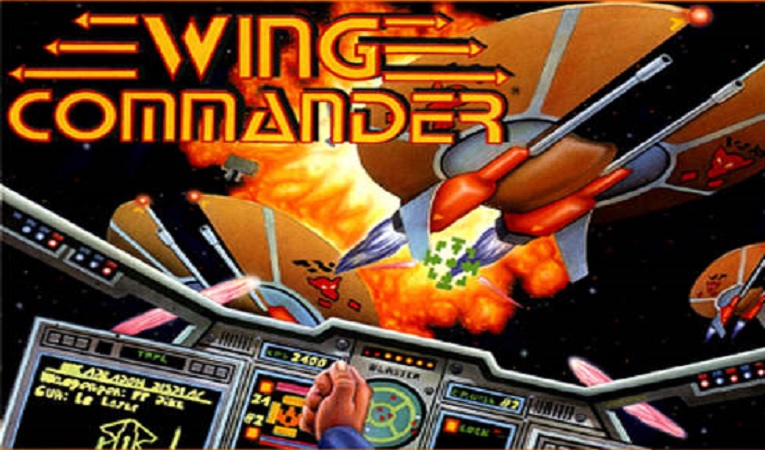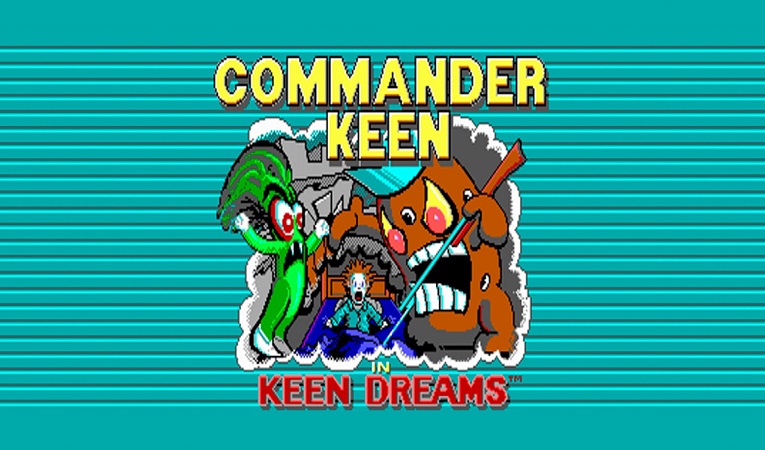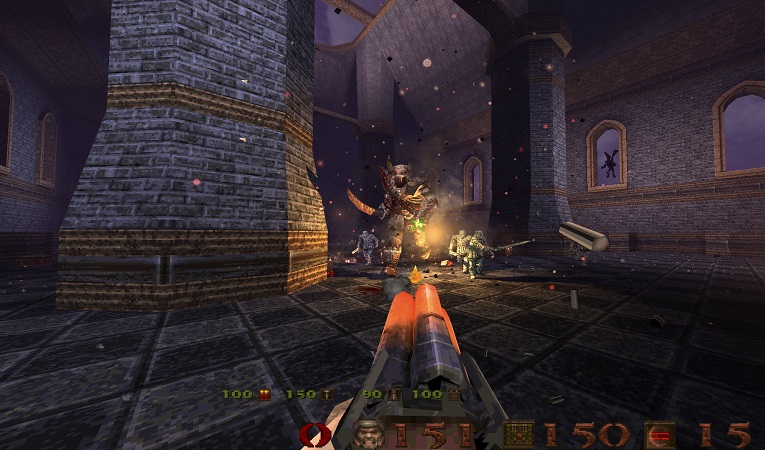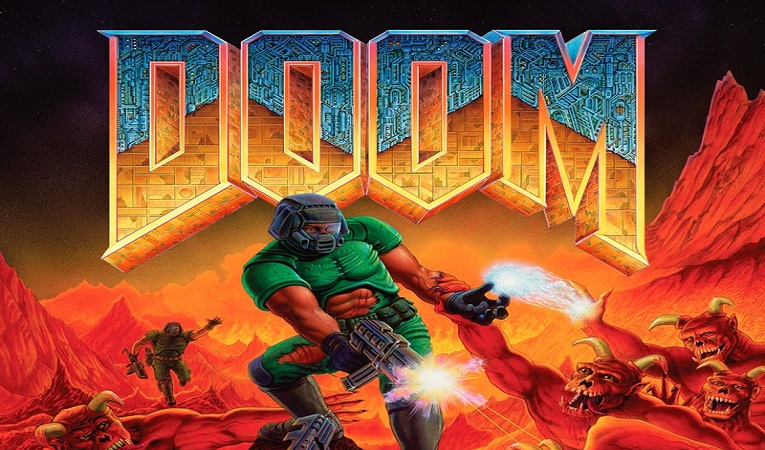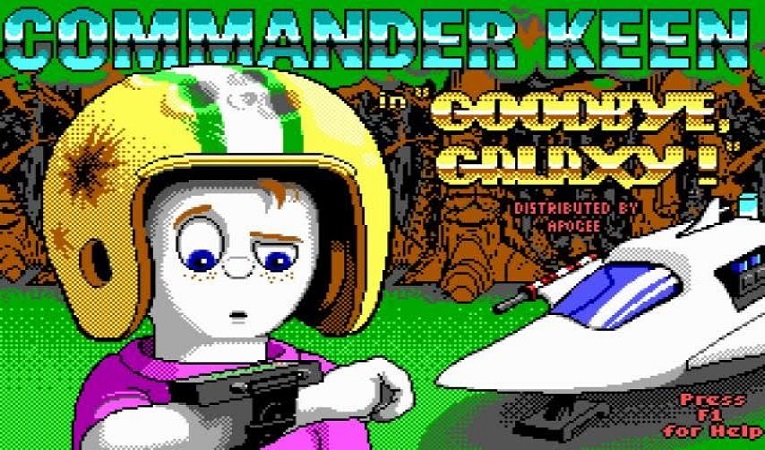
Commander Keen is a classic video game series that holds a special place in the hearts of many gamers. Developed by Apogee Software (later known as 3D Realms), Commander Keen made its debut in the early 1990s and quickly became a defining title in the platformer genre. We will explore the history of the Commander Keen franchise, from its inception to its lasting impact on the gaming industry. We will dig into the development of the games, the cultural significance of the series, and its enduring legacy. In the late 1980s, John D. Carmack and John Romero, two young and ambitious programmers, founded a video game development company called Ideas from the Deep (IFD). The pair worked on various projects, including a smooth-scrolling engine known as the Adaptive Tile Refresh (ATR) that had the potential to revolutionize platformer games. In 1990, Scott Miller, the founder of Apogee Software, saw the potential in IFD’s ATR engine and approached Carmack and Romero with a proposition to create a new platform game for PC. The trio agreed to collaborate, and the development of Commander Keen began. Commander Keen’s protagonist is Billy Blaze, an eight-year-old boy who, in secret, dons his brother’s football helmet to transform into Commander Keen. Armed with his homemade spaceship, the “Bean-with-Bacon Megarocket,” Keen embarks on space adventures to save the universe from various threats. This unique concept of a child hero set Commander Keen apart from other video game protagonists of the time.
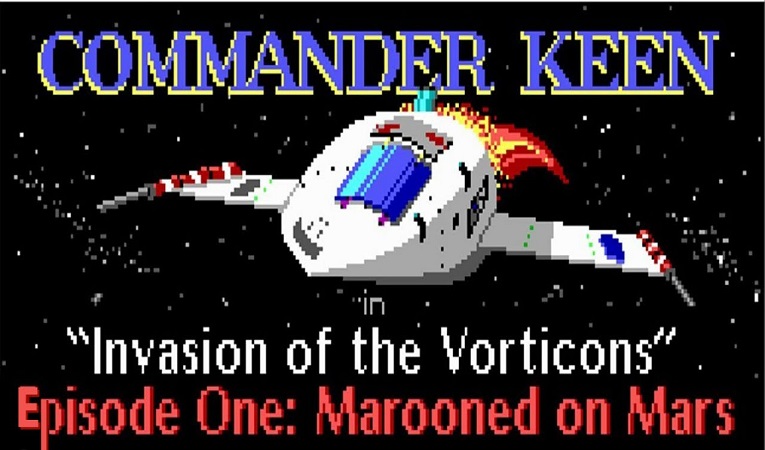
The first Commander Keen game, titled “Commander Keen in Invasion of the Vorticons: Episode One: Marooned on Mars,” was released in December 1990 as shareware. This marked the beginning of the episodic release model that Apogee Software would become known for. The game’s success led to the development and release of two more episodes in the same year: “Commander Keen in Invasion of the Vorticons: Episode Two: The Earth Explodes” and “Commander Keen in Invasion of the Vorticons: Episode Three: Keen Must Die!” The Commander Keen series introduced innovative gameplay mechanics, smooth scrolling, vibrant graphics, and catchy tunes that resonated with players. It received critical acclaim and established Apogee Software as a prominent player in the shareware market. Following the success of the Invasion of the Vorticons trilogy, Apogee Software and id Software (the new name for IFD) continued to work on the series. However, a legal dispute with Softdisk, the company where Carmack and Romero were previously employed, led to a temporary suspension of the Commander Keen project. During this hiatus, a spin-off game titled “Commander Keen in Keen Dreams” was developed and published by Softdisk under the Gamer’s Edge label. It featured a different art style and was not part of the main storyline but still gained some recognition.
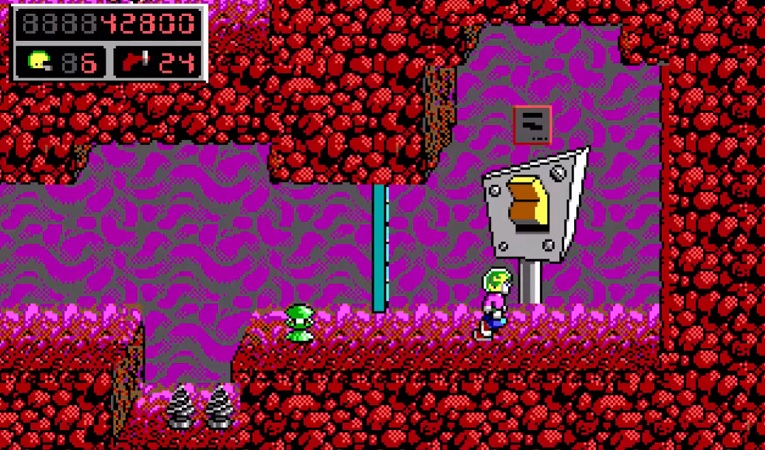
In 1991, after the legal issues were resolved, Apogee Software resumed work on Commander Keen. The team released the “Goodbye Galaxy” series, also known as “Aliens Ate My Babysitter.” The first episode, “Commander Keen in Goodbye Galaxy: Episode Four: Secret of the Oracle,” hit the market in 1991, followed by “Commander Keen in Goodbye Galaxy: Episode Five: The Armageddon Machine.” These games built upon the success of the previous titles and introduced new features, such as a pogo stick for enhanced mobility. The series retained its charm and challenging gameplay, solidifying Commander Keen’s position as a beloved gaming icon. Commander Keen’s impact on MS-DOS gaming was indeed significant, as it helped revolutionize the platform and left a lasting mark on the industry. Commander Keen Also played a pivotal role in popularizing the shareware distribution model. The first episode of Commander Keen was released as shareware, allowing players to download and play it for free. If players enjoyed the game, they could purchase the full game or additional episodes directly from Apogee Software. This innovative distribution strategy proved to be highly successful, allowing the game to reach a broad audience and maximizing its exposure. Many other developers and publishers later adopted this shareware approach, leading to the widespread use of the model in the MS-DOS gaming community.
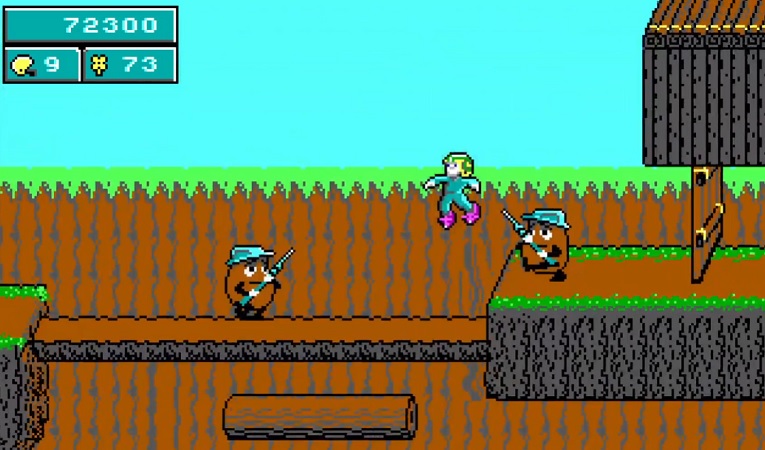
One of the most impressive technical achievements of Commander Keen was its smooth scrolling, made possible by John Carmack’s Adaptive Tile Refresh (ATR) engine. Prior to Commander Keen, MS-DOS games often suffered from choppy movement and limited graphical capabilities. The fluid scrolling and vibrant graphics in Commander Keen set a new standard for platformer games on the platform. This technical breakthrough not only enhanced the gaming experience for players but also inspired other developers to push the boundaries of what was possible in MS-DOS gaming. Commander Keen was also one of the first PC games to adopt the episodic content model. The game was divided into multiple episodes, each offering a distinct story and set of levels. This episodic approach not only allowed developers to release content more frequently, but it also encouraged players to stay engaged with the game over an extended period. The success of the episodic format in Commander Keen influenced other game developers to adopt a similar structure, leading to a new trend in game development.
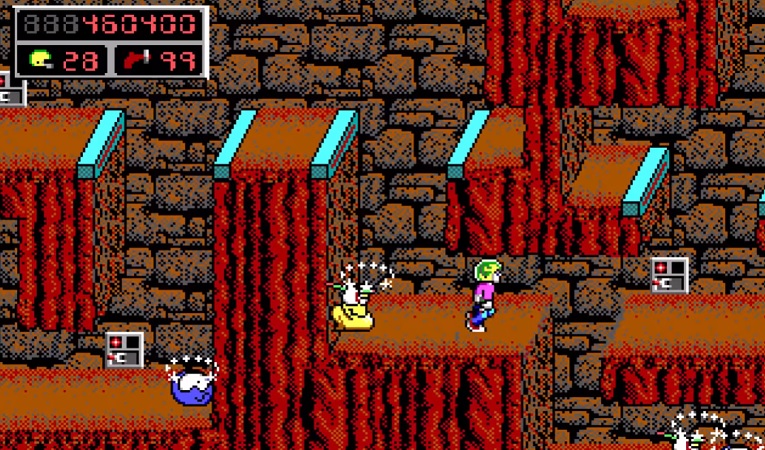
In the end, Commander Keen’s lighthearted and whimsical nature, along with its charming protagonist, Billy Blaze, appealed to a broader audience beyond the typical gaming demographic. The game’s family-friendly content made it accessible to players of all ages, attracting both children and adults. This inclusivity helped broaden the appeal of MS-DOS gaming and contributed to its popularity in households around the world. Over the years, there have been attempts to revive the Commander Keen franchise with new games or remakes. In 2001, id Software released “Commander Keen” for the Game Boy Color, which was a reimagining of the original trilogy. Unfortunately, the reception was mixed, and it did not gain the same traction as the original series. In more recent times, the rise of indie game development has led to fan-made projects and spiritual successors that pay homage to the Commander Keen games. These projects aim to capture the essence of the classic series while introducing modern elements. Commander Keen’s influence on MS-DOS gaming cannot be overstated. Its shareware distribution model, technical achievements, episodic content, and family-friendly appeal were all groundbreaking for their time. The game’s impact helped shape the future of PC gaming, and its legacy continues to be felt in the industry today. Commander Keen’s contribution to MS-DOS gaming is a testament to the creative vision and technical prowess of the development team at Apogee Software and id Software, and it remains a beloved classic that holds a special place in the hearts of gamers worldwide.







